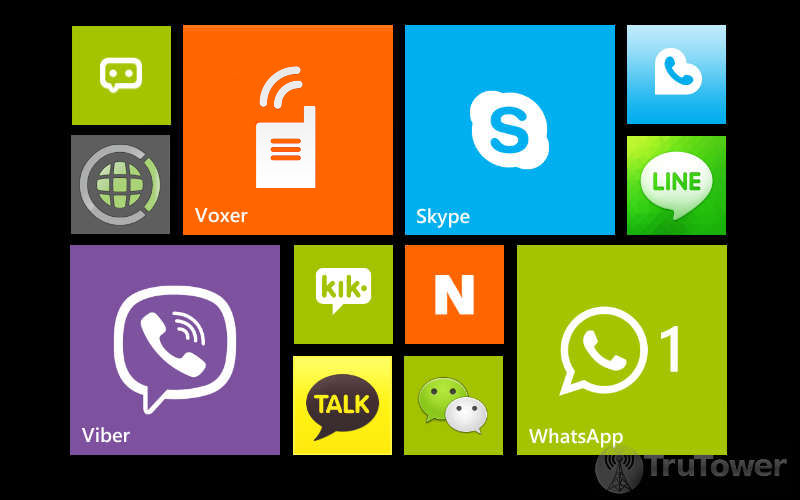A new report from Juniper Research highlights the growing disparity between traffic volumes and revenues in the mobile messaging market. It states that despite accounting for 75% of the traffic – or 63 trillion messages – by 2018, IM (Instant Messaging) apps will only generate 2% of the mobile messaging market’s revenue, at just over $3 billion.
This means that messaging apps will be splitting $60 million in revenues and paints a somewhat bleak picture for the possibilities of many messaging apps to stay independent.
The report stated that the increasingly high IM traffic volumes are the result of a number of factors, but chief among them is the fact that users typically send up to 10 IM messages with content that could be contained in 1 SMS. In addition, downloadable content — stickers, emoticons, and images — as well as group conversations all add significantly to IM traffic. Finally, there’s also the fact that handset users, especially of the younger demographic, install multiple instant messaging services on their devices.
Most messaging traffic will come from China and other Asian markets
“Adoption of IM apps has rapidly accelerated over the past 18 months,” said report author Sian Rowlands, “Something which has led Juniper to revise upwards our forecast for the volume of IM traffic.”
Still, because of the infancy of the mobile messaging market, these apps are encountering various difficulties in generating revenues. Viber, for example, which was recently acquired by Rakuten, generated just $1.5 million in revenues in its last year, but resulted in an operating loss of $26.5 million over the course of the year.
Viber has been looking to monetize its new sticker shop to generate revenues. Other IM apps are taking different approaches, some — LINE, KakaoTalk, and Tango, for instance –utilizing in-app purchases and games, while others have been pushing advertising (ooVoo) or subscription fees (WhatsApp).
Of course, there are still other applications — Facebook Messenger and Google Hangouts — that aren’t focused on messaging and instead are focused on increasing engagement and revenues with companies’ existing social networks or services.

